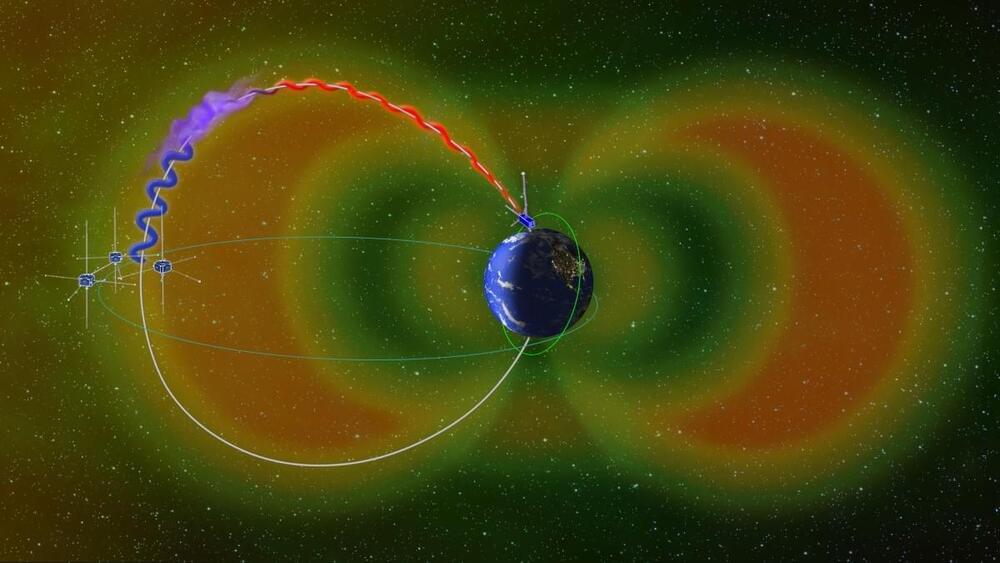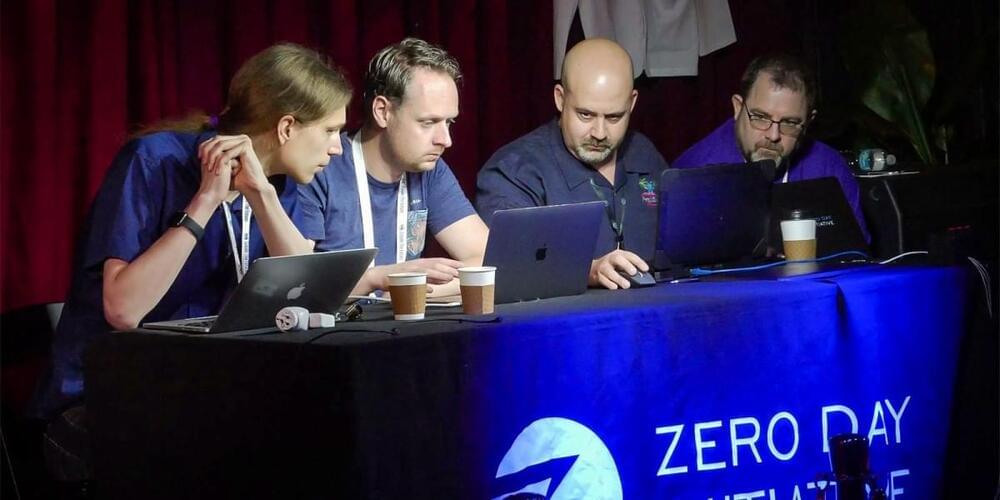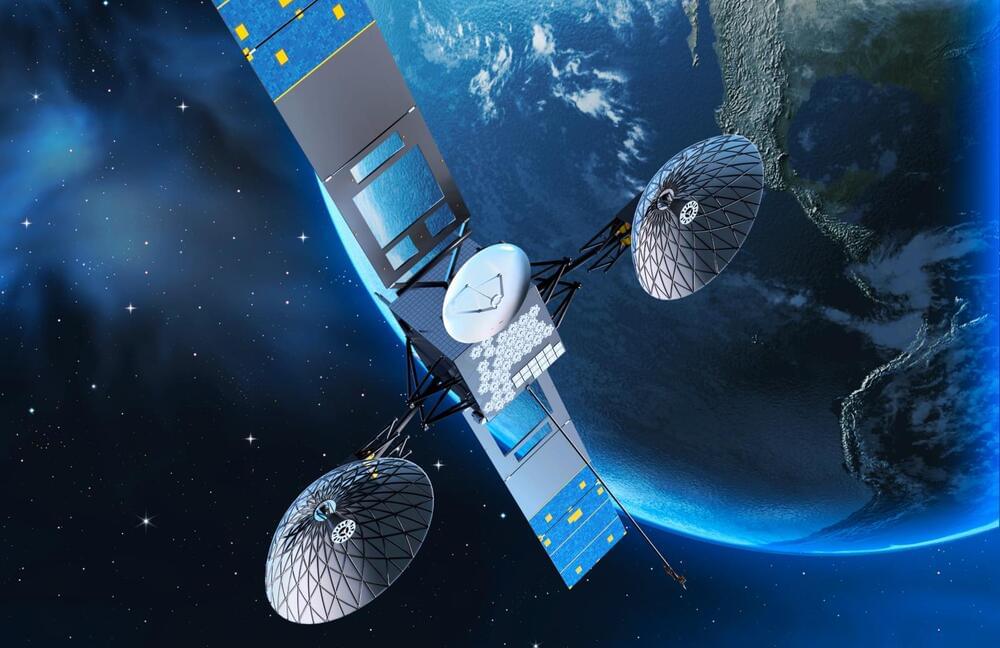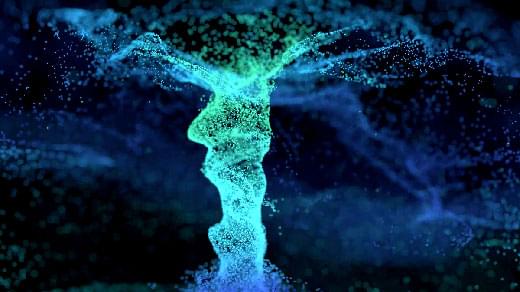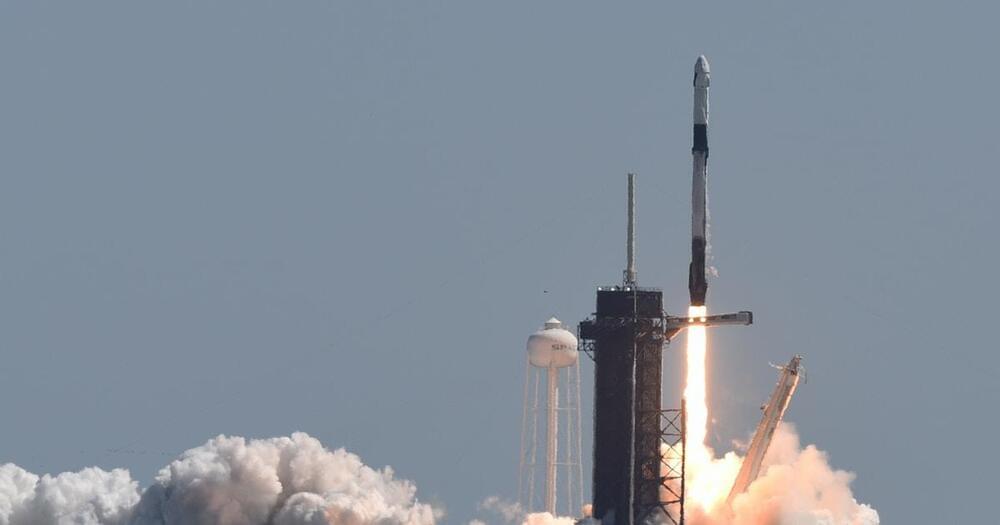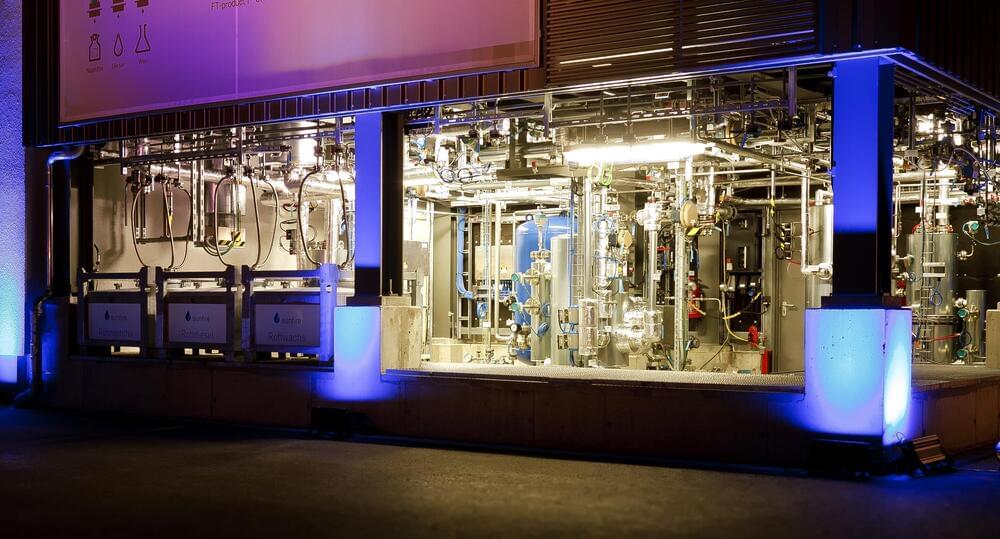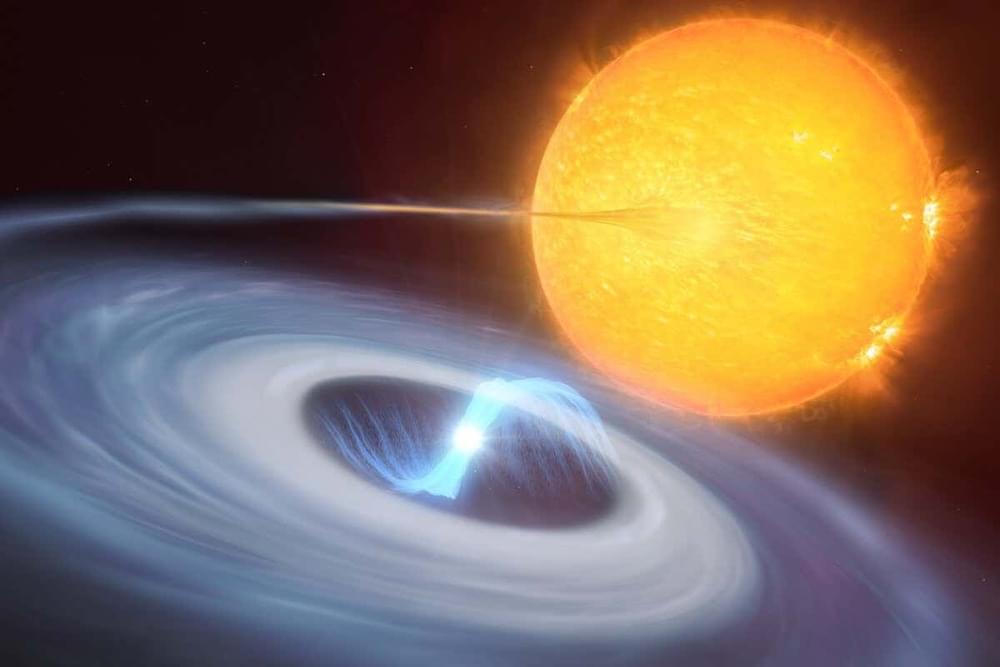Page 4011
Apr 21, 2022
These hackers showed just how easy it is to target critical infrastructure
Posted by Shubham Ghosh Roy in category: futurism
This week, the two Dutch researchers took home $90,000 and a new Pwn2Own championship trophy by targeting the software that helps run the world’s critical infrastructure.
They say it was their easiest challenge yet.
Apr 21, 2022
Robotic Rat Climbs, Crawls, and Turns on a Dime
Posted by Shubham Ghosh Roy in categories: Elon Musk, robotics/AI, space travel
Alan DeRossettPutin propaganda is dividing opinions on Elon Musk for helping Ukraine and standing up to the Fossil fuel industry.
Walter LynsdaleI’m all for people making billions through technical advancement (teslas, space X rockets, the dojo chip are all pretty cool), but he comes out with a fair amount of double speak:
“people aren’t having enough babies” vs “we can make a humanoid robot”… See more.
Continue reading “Robotic Rat Climbs, Crawls, and Turns on a Dime” »
Apr 21, 2022
OpenAI DALL·E 2: Top 10 Insane Results! 🤖
Posted by Jose Ruben Rodriguez Fuentes in category: robotics/AI

❤️ Check out Lambda here and sign up for their GPU Cloud: https://lambdalabs.com/papers.
📝 The paper “Hierarchical Text-Conditional Image Generation with CLIP Latents” is available here:
https://openai.com/dall-e-2/
https://www.instagram.com/openaidalle/
Continue reading “OpenAI DALL·E 2: Top 10 Insane Results! 🤖” »
Apr 21, 2022
NASA enlists SpaceX and Amazon to help develop next-gen space communications
Posted by Genevieve Klien in categories: government, satellites
NASA has picked SpaceX, Amazon and four other American companies to develop the next generation of near-Earth space communication services meant to support its future missions. The agency started looking for partners under the Communication Services Project (CSP) in mid-2021, explaining that the use of commercially provided SATCOM will reduce costs and allow it to focus its efforts on deep space exploration and science missions.
“Adopting commercial SATCOM capabilities will empower missions to leverage private sector investment that far exceeds what government can do,” NASA wrote in the official project page. By using technology developed by commercial companies, the agency will have continued access to any innovation they incorporate into the system. At the moment, NASA relies on its Tracking and Data Relay Satellite (TDRS) system for near-Earth space communications. Many of its satellites were launched in the 80’s and 90’s, though, and it’s set to be decommissioned in the coming years.
The funded agreements under NASA’s Communication Services Project has a combined value of $278.5 million, with SpaceX getting the highest cut. NASA expects the companies to match and exceed its contribution during the five-year development period. SpaceX, which proposed a “commercial optical low-Earth orbiting relay network for high-rate SATCOM services,” has been awarded $69.95 million. Amazon’s Project Kuiper is getting the second-highest cut and has been awarded $67 million, while Viasat Incorporated has been awarded $53.3 million. The other three awardees are Telesat US Services ($30.65 million), SES Government Solutions ($28.96 million) and Inmarsat Government Inc. ($28.6 million).
Apr 21, 2022
Researchers break world record for quantum-encrypted communications
Posted by Genevieve Klien in categories: cybercrime/malcode, encryption, internet, quantum physics
Researchers in Beijing have set a new quantum secure direct communication (QSDC) world record of 102.2 km (64 miles), smashing the previous mark of 18 km (11 miles), The Eurasian Times reported. Transmission speeds were extremely slow at 0.54 bits per second, but still good enough for text message and phone call encryption over a distance of 30 km (19 miles), wrote research lead Long Guilu in Nature. The work could eventually lead to hack-proof communication, as any eavesdropping attempt on a quantum line can be instantly detected.
QSDC uses the principal of entanglement to secure networks. Quantum physics dictates that entangled particles are linked, so that if you change the property of one by measuring it, the other will instantly change, too — effectively making hacking impossible. In theory, the particles stay linked even if they’re light-years apart, so such systems should work over great distances.
The same research team set the previous fiber record, and devised a “novel design of physical system with a new protocol” to achieve the longer distance. They simplified it by eliminating the “complicated active compensation subsystem” used in the previous model. “This enables an ultra-low quantum bit error rate (QBER) and the long-term stability against environmental noises.”
Apr 21, 2022
Deep Learning Poised to ‘Blow Up’ Famed Fluid Equations
Posted by Shubham Ghosh Roy in categories: information science, mathematics, robotics/AI
For centuries, mathematicians have tried to prove that Euler’s fluid equations can produce nonsensical answers. A new approach to machine learning has researchers betting that “blowup” is near.
Apr 21, 2022
Axiom-1 to come back to Earth after its historic 10-day mission
Posted by Atanas Atanasov in categories: habitats, space
Axiom-1 comes home.
The Axiom-1 private space mission returns from its historic International Space Station trip. Plus: Researchers link income inequality with land protection.
Apr 21, 2022
Reversible fuel cells can support grid economically, study finds
Posted by Shubham Ghosh Roy in categories: chemistry, climatology, solar power, sustainability
A major challenge for producers of electricity from solar panels and wind turbines is akin to capturing lightning in a bottle. Both solar and wind increasingly generate electricity amid little demand, when market prices are too low to cover costs. At noon on sunny days, for example, wholesale power prices in areas with high quantities of solar and wind occasionally fall below zero.
Some renewable energy producers store their excess electricity as green hydrogen, using the electricity to produce hydrogen from water—labeled “green” because the process emits no carbon dioxide. Used to create fuels, fertilizer, and other chemicals, the global hydrogen market is about $125 billion, and it’s growing briskly in part due to increased interest in hydrogen as a fuel for buses, trucks, and even ships. The problem is that producing hydrogen with electricity remains fairly expensive, so it’s only profitable to sell at the higher prices paid by lower-volume customers.
But now, researchers at Stanford University and at the University of Mannheim in Germany have found a possible solution: integrated reversible power-to-gas systems that can easily convert hydrogen back to electricity when power prices spike higher.
Apr 21, 2022
Small explosions called micronovae discovered on dead stars
Posted by Shubham Ghosh Roy in category: cosmology
Micronovae are about 1 million times less bright than a classical nova, says Scaringi, lasting just half a day, compared with several weeks for novae.
The brevity of the events meant they had previously been missed, but TESS was able to spot them during its around-the-clock observations of the galaxy in search of exoplanets. Three were seen up to 5,000 light years from Earth, with the white dwarfs brightening temporarily before dimming again.
The exact mechanism behind the explosions isn’t clear, but it is thought they may be caused by hydrogen accumulating at the poles of the star – perhaps as much as the mass of an asteroid in just 100 days. Eventually, the hydrogen reaches sufficient temperatures and pressures to ignite fusion and cause a localised thermonuclear explosion that releases as much energy as the sun would in a day.
